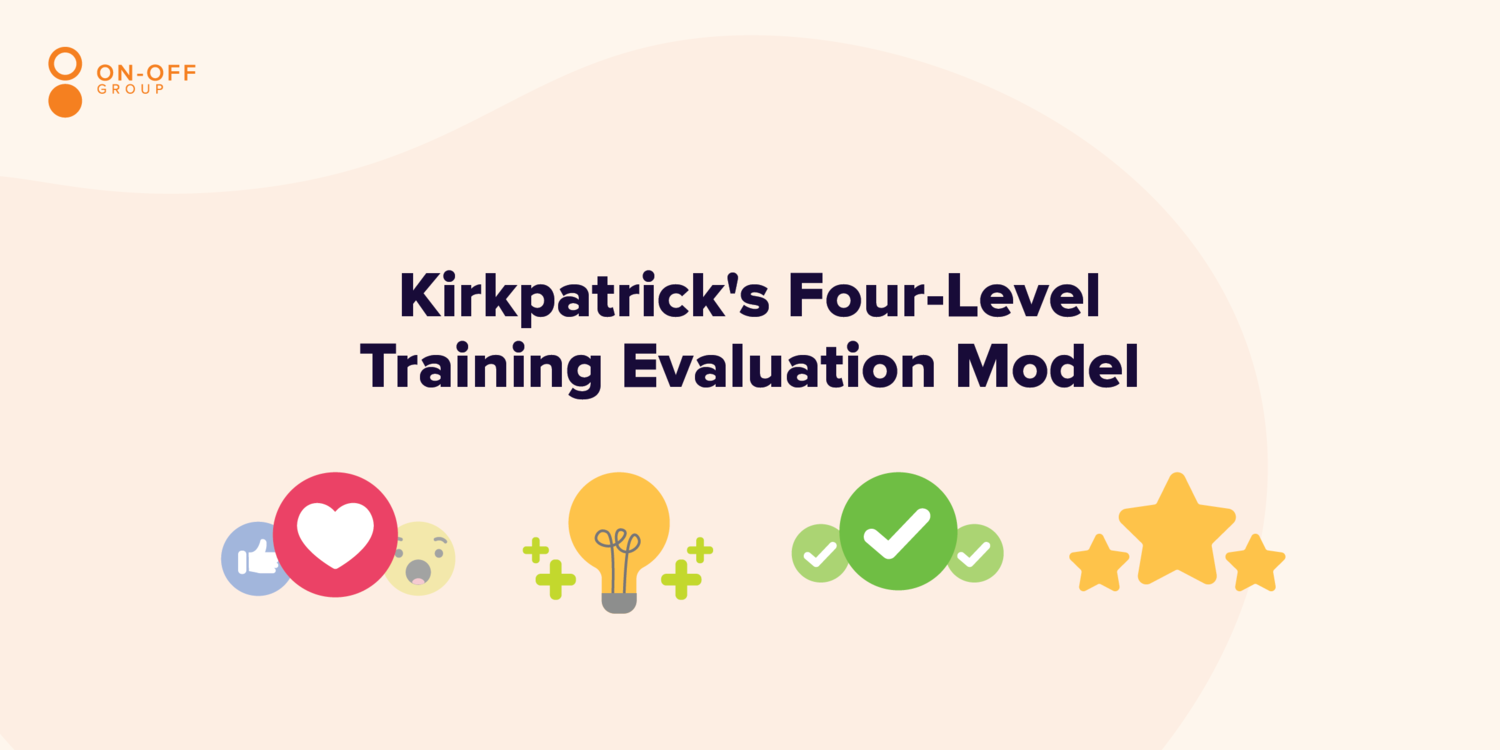
The Kirkpatrick Model is one of the most common ways Learning and Development (L&D) professionals and others in the field of Human Resources measure the effectiveness of learning solutions.
It is often used to build and assess training programs. The four levels of the Model are—
It begins with the way employees respond to the training they receive. A common way to measure this response is through a survey after the training.
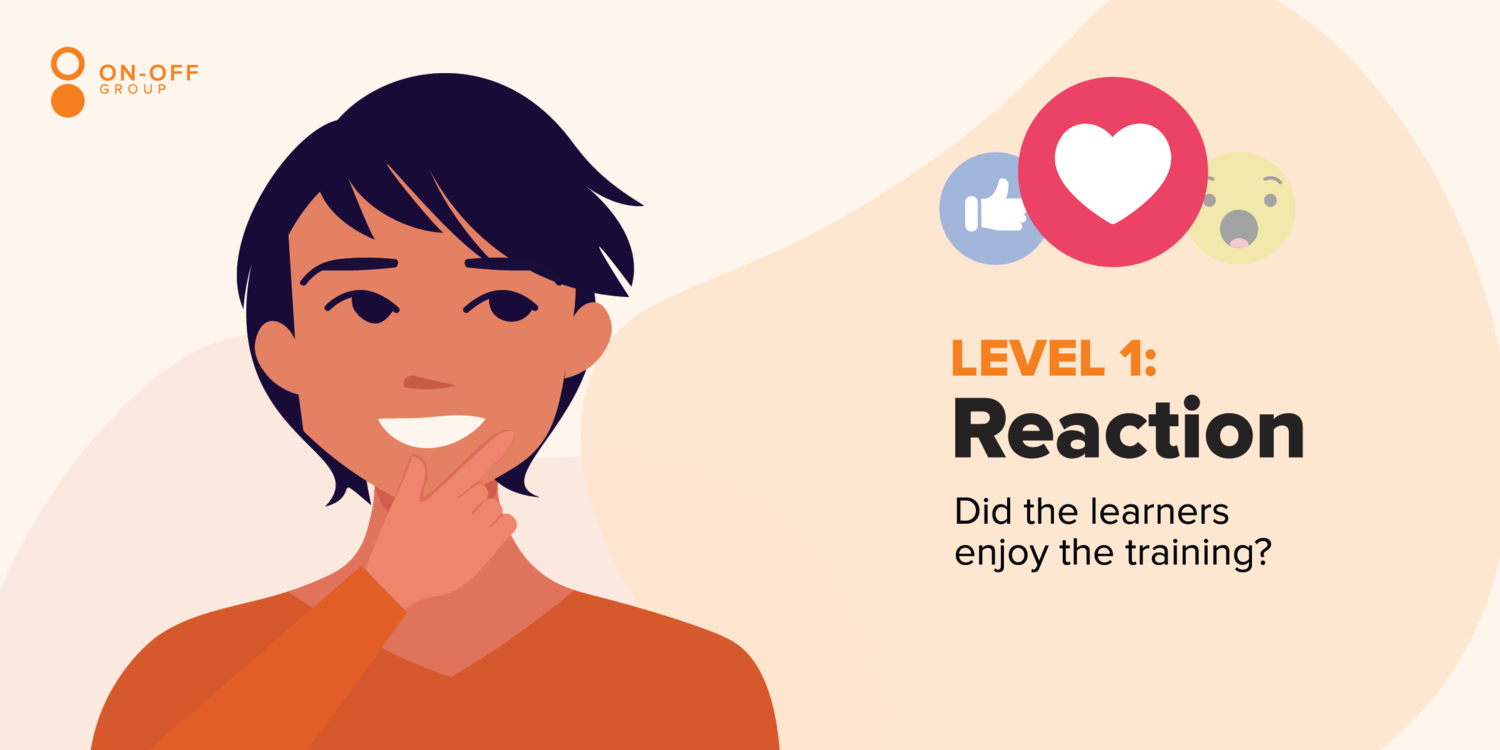
“What did the participant think of the training they received? Did they find it useful?”
Here’s what the employee actually learned from the training. It can be measured through proficiency exams (similar to the BCS User Experience Certification) or hands-on assignments that demonstrate the new skills acquired.
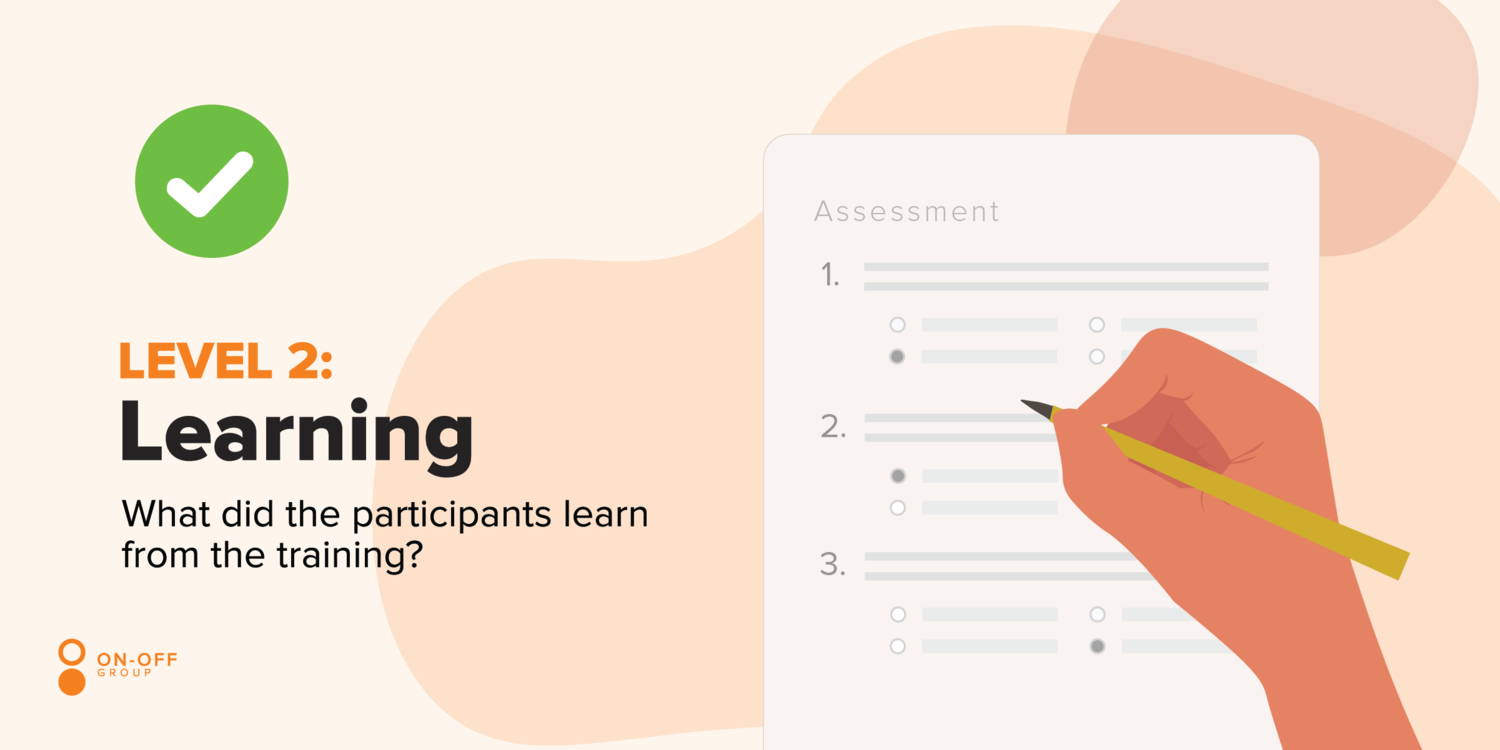
“What skills/lessons did the participant learn from the training? How have they improved?”
It’s time to evaluate if the trainees were able to incorporate those new skills in their day-to-day jobs. Behavioral changes are often measured through in-field inspections or evaluations from participants’ managers.
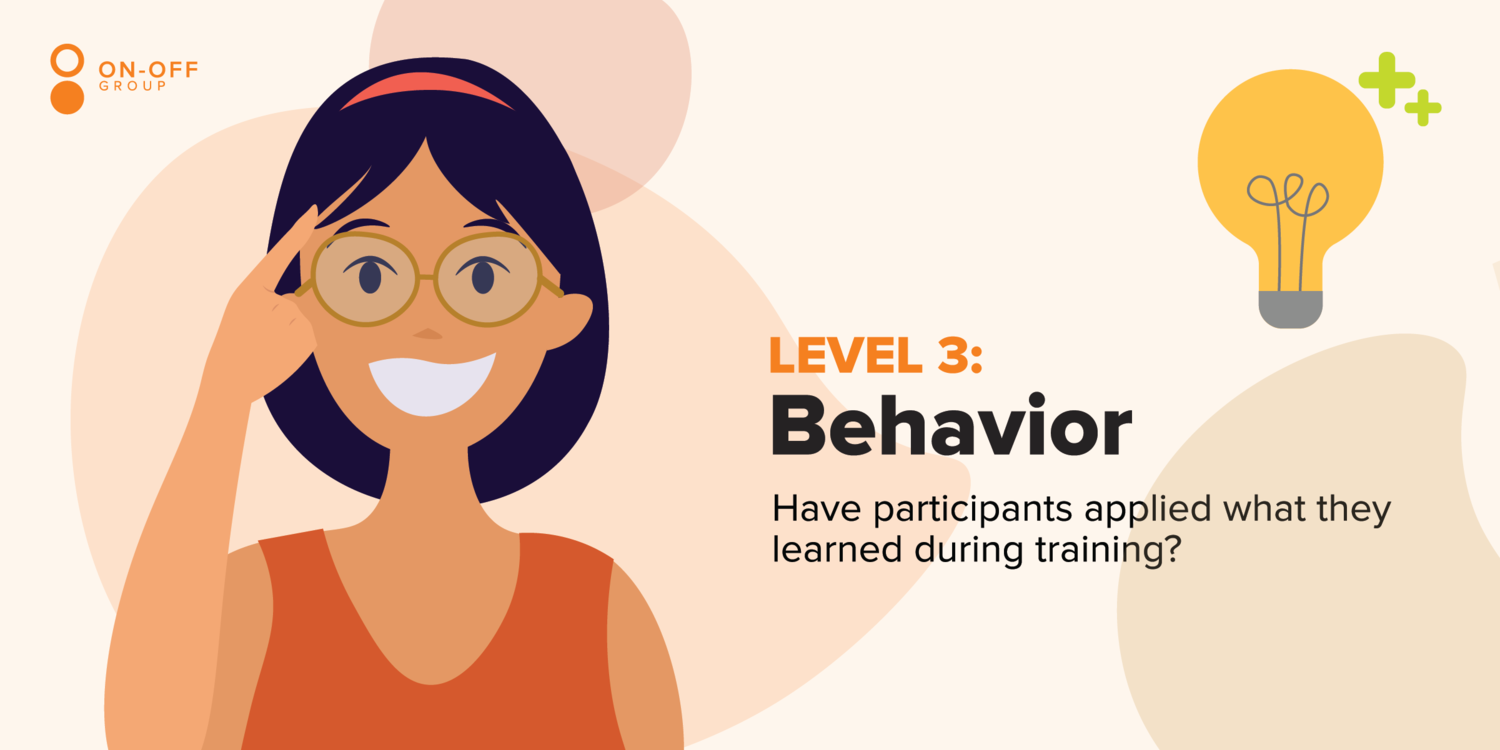
“How has the participant’s behavior changed because of the training?
What skills have they incorporated in their daily work flow?”
Finally, what did this changed behavior result in? This is the primary goal of the Model. There are two ways to assess this behavior, through qualitative or quantitative means.
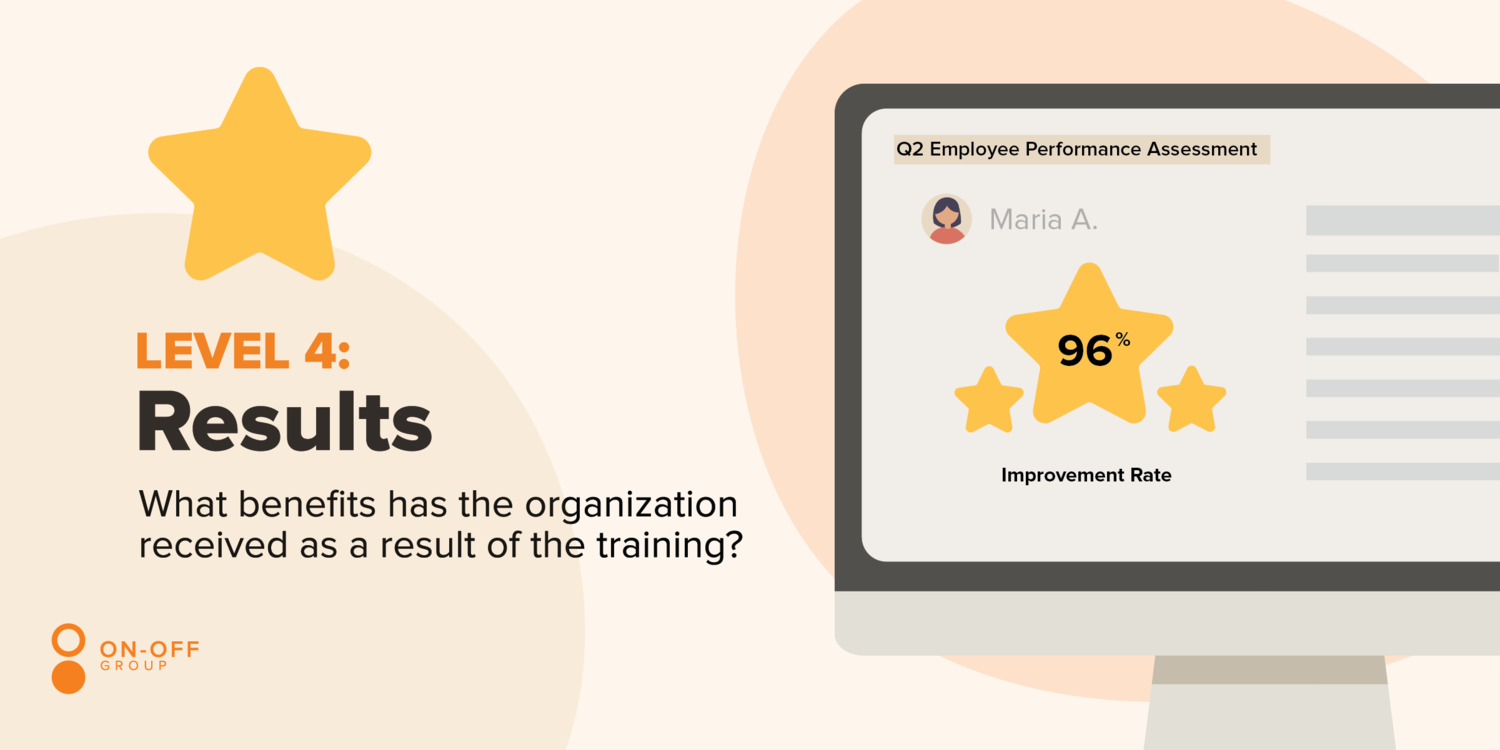
“What is the impact of the training on the greater business goals of organization? How has it affected company growth?”
An example of qualitative approach to assessing results is employee experience.
If you had a management training, you would be interested in knowing— have your managers shown better leadership skills within their team?
Have employee surveys or sit-down interviews with their teammates shown an improvement in manager effectiveness? How has this affected the manager and teammates’ employee experience?
The process is to determine which methods worked best in training the participant.
It is also important to discover how methods and activities within the training program have made an impact in the greater workplace.
The quantitative approach to assessing results are measured through factors like:
Those four levels represent the fundamentals of the Kirkpatrick Model. But the key is using the model the right way, meaning starting with the fourth level and going in reverse.
Say you want to improve collaboration between teams in your company. Then your key metric is quality output – the improved ability of teams to work together will lead to an increase in innovative projects.
That’s Level Four of the Kirkpatrick Model, the result. From there, you can begin to work backwards to determine what should be done at each previous level to achieve that result.
Continuing that example if your goal is to improve collaboration and the key metric is quality output, then you would need to reinforce a behavior such as engaging team weekly meetings (Level Three).
To do that, you would need to create a learning solution that would give employees the tools to hold those productive meetings— such as, brainstorming activities — which should result in them learning a new skill (Level Two).
In order for the training to be effective, it must be well-received by the participants (Level One). It might not be so important that they thought the training was enjoyable but more so that they believed it was relevant to their needs.
Following this model, L&D and HR professionals can increase the effectivity of training & learning programs by setting key results, enforcing behavior, teaching skills, and improving the overall employee experience.
Check out the links mentioned in this article here:
https://www.kirkpatrickpartners.com/Our-Philosophy/The-Kirkpatrick-Model